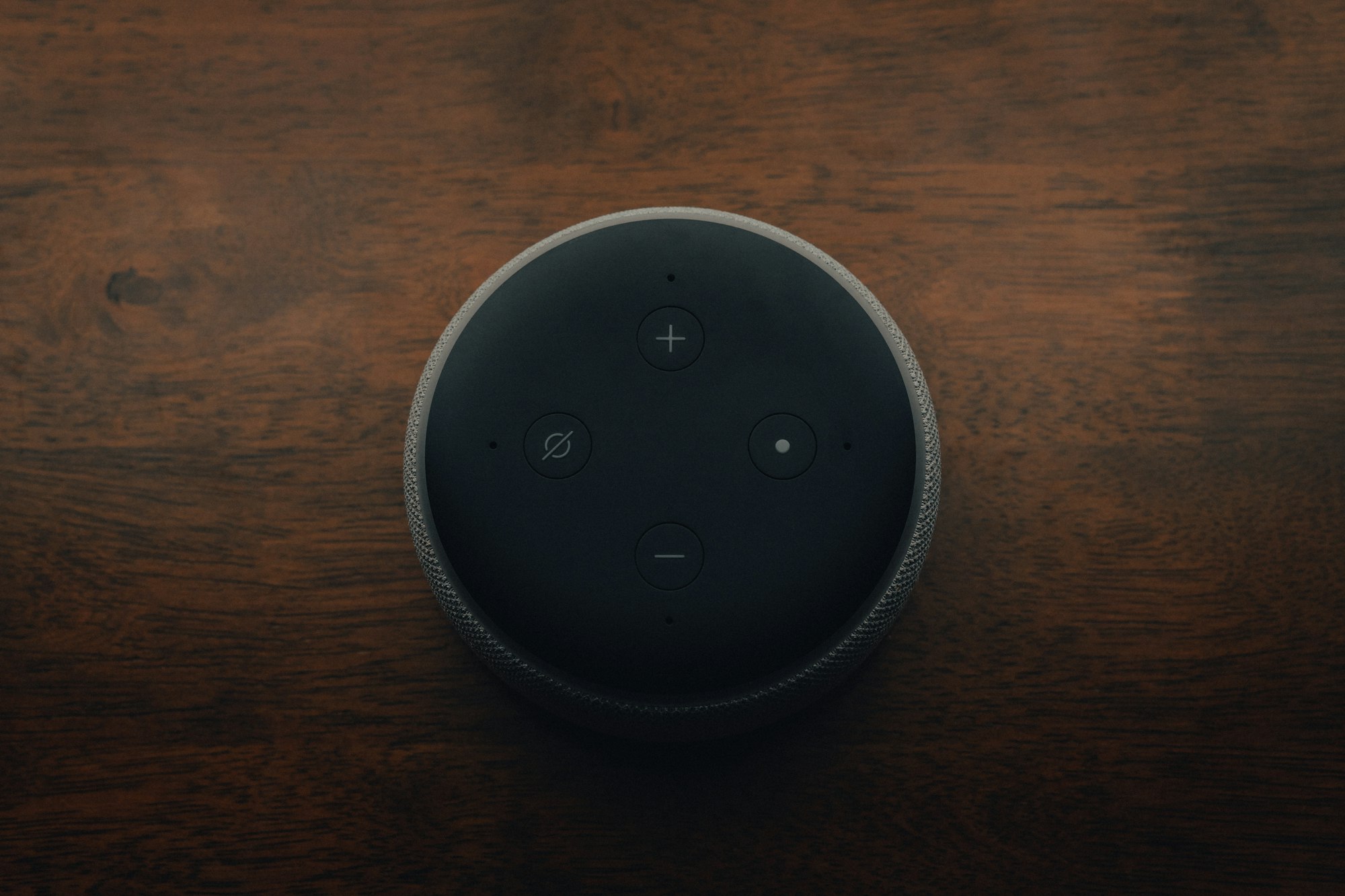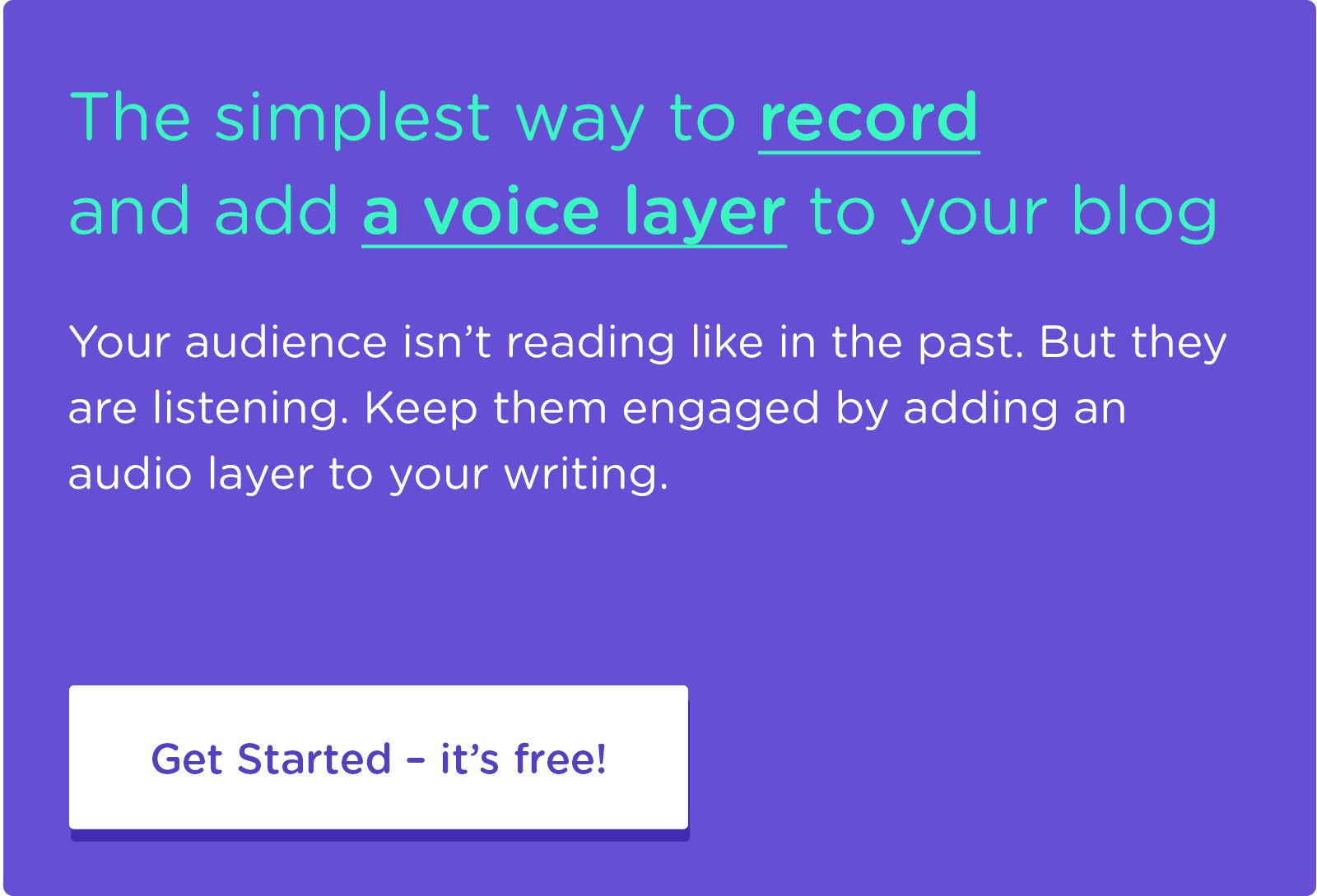3 Blogging Trends in 2021: More Privacy, More Devices, More Voice Search
Here are 3 crucial things to keep front & center for your upcoming content.

You’re out there, hustling, working hard to grow your blog and we see you, you beautiful, gorgeous writer, you.
Here are some things to keep in mind for the next few years of content production.
The last few years have brought new devices, new trends, and new online behavior with it. As we look ahead, here are some key trends to keep in mind for the growth and longevity of your content.
1. Privacy is Becoming More Important
Over the past few years, laws like Europe’s GDPR have sprung up in response to growing concerns over how user data is collected and used.
Just google “data breach” and you’ll stumble on headline after headline of major corporations and tech giants failing to keep our data secure. Here’s what we found today:
But what does this mean for my blog? ...For I am no tech giant nor shifty data broker looking to sell my subscribers’ browsing history. In fact, I quite like my subscribers.
Excellent point. You’re so smart. Have we mentioned how smart you are today?
In reality, you’re not the problem and your subscribers probably aren’t too worried about how you use their data.
However, you do need to keep an eye on major privacy laws which can impact online behavior and leave you with the risk of a lawsuit (probably small, but nonetheless very preventable, but also don’t quote us on that, we’re not lawyers) just for using something like Google Analytics without the proper verbiage and warnings.
Do I need a Privacy Policy?
For now, making sure you have a privacy policy and some Ts & Cs (terms and conditions) posted on your site for all to see can protect you from any mal-intent.
There are lots of free templates and policy generators out there for a good head start. If you’re really worried, you can always have a lawyer review your privacy practices and whip up something airtight.
How do I set the right expectations for my subscribers?
Embedded in newer privacy laws is an emphasis on setting the right expectations.
If a user subscribes to your blog, knowing they’ll get an email from you every now and then might seem obvious, but legal precedents like GDPR are pushing for increased transparency.
If you have any forms or buttons on your site that don’t include clear language on what they’re for, it’s worth adding in some clarity. Something as simple as Sign up to get our latest posts in your inbox is plenty to keep you covered and keep your users happy.
The nice bonus here is that this fits with good conversion strategy: generic buttons like “Submit” or “Learn More” typically convert less than ones with clarity and personality, i.e. ‘I’m curious, tell me more’ or ‘Alert me when tickets become available.’
2. More Devices Means More Opportunity
Internet users are growing, social media use is growing, mobile phone use is on the up and up, and voice assistants like Google Home, Siri and Alexa are now part of the family.
What does more devices mean for my content?
So glad you asked.
With more devices in the mix, your content can be consumed in all types of different formats. You now need to consider trends like voice search when it comes to being discovered by new audiences, and you need to start thinking about layering in more content types.
The written word is still the foundation for a healthy blog, but adding imagery, video, infographics and audio recordings can help you transcend devices and reach all sorts of new audiences.
Which brings us to…
3. The Importance of Audio
It’s no secret that audio is quickly growing as a new form of content. Big companies are spending sizable budgets to convert their written content into recorded audio content. Podcasts are growing in popularity and search engines are even starting to hint that you should hop on this train before it leaves the station.
Adding audio to your website doesn’t need to be rocket science, and the benefits are pretty great. Recorded audio means your audience can listen to your latest thoughts while on the go. No more battles for inbox real estate or dedicated reading time.
Plus, you can also record your previously written content and blog posts, which means you don’t need to start your own audio late night show in the form of a podcast. Just make sure you use your own voice instead of an automated one so your audience actually enjoys listening to it. The last thing you want is a robot dictating your written personality to a partially-distracted subscriber who dared to listen for the first time.
Hop on the audio train, and you’ll see lots of benefits for your content: more SEO juice, more subscribers, more engagement, more shares – which means more subscribers, etc. etc. and onward and upward.
Try a recording today and see how it goes.


